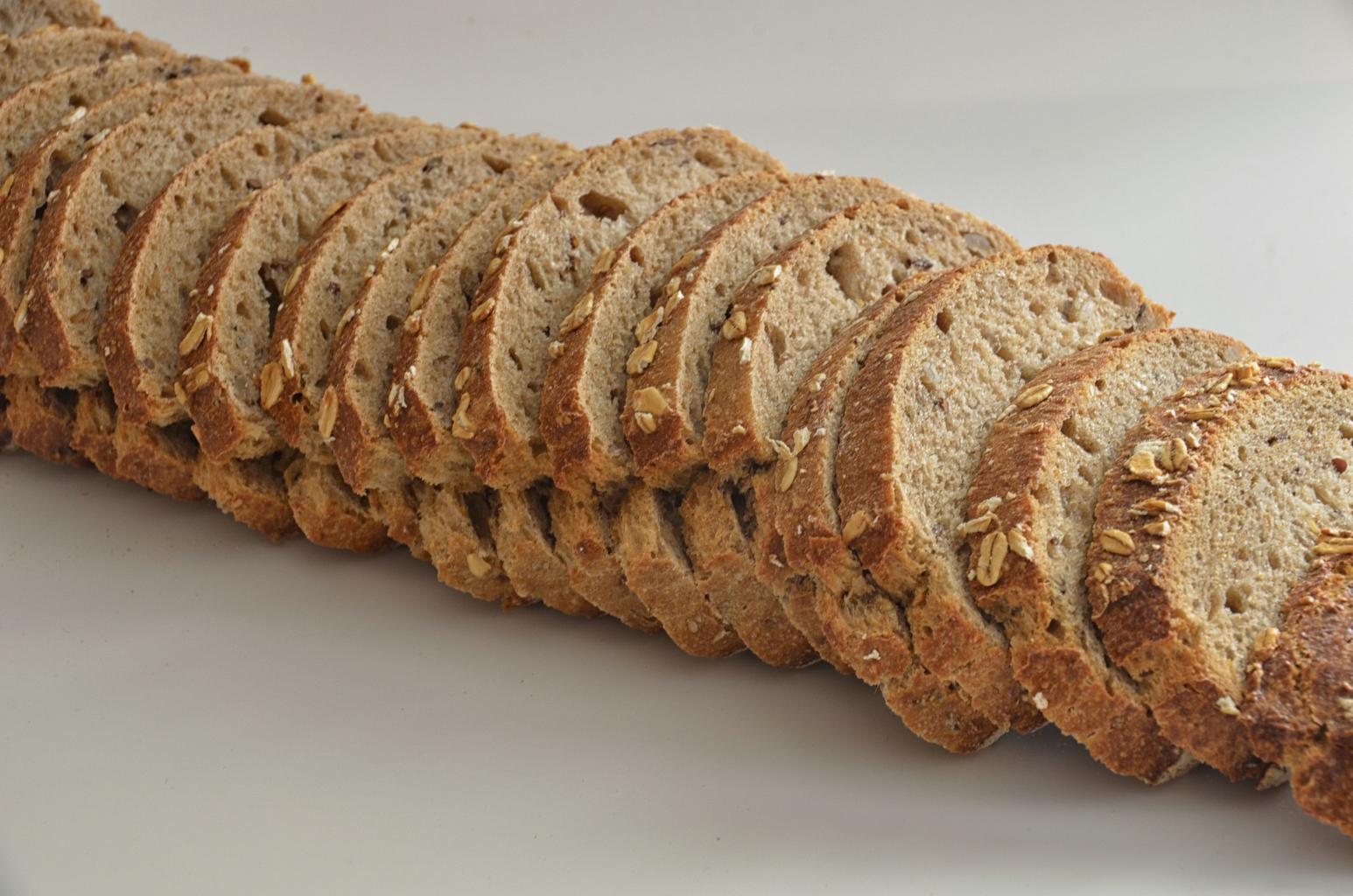Best Books to learn Tensorflow
Best Books to learn Tensorflow, Are you interested in learning Tensorflow and searching for the best resources to do so? If so, you are in the proper location. We compiled a comprehensive list of the top Tensorflow learning materials in this article. So take a moment to look for the best resources for learning Tensorflow. This…
















